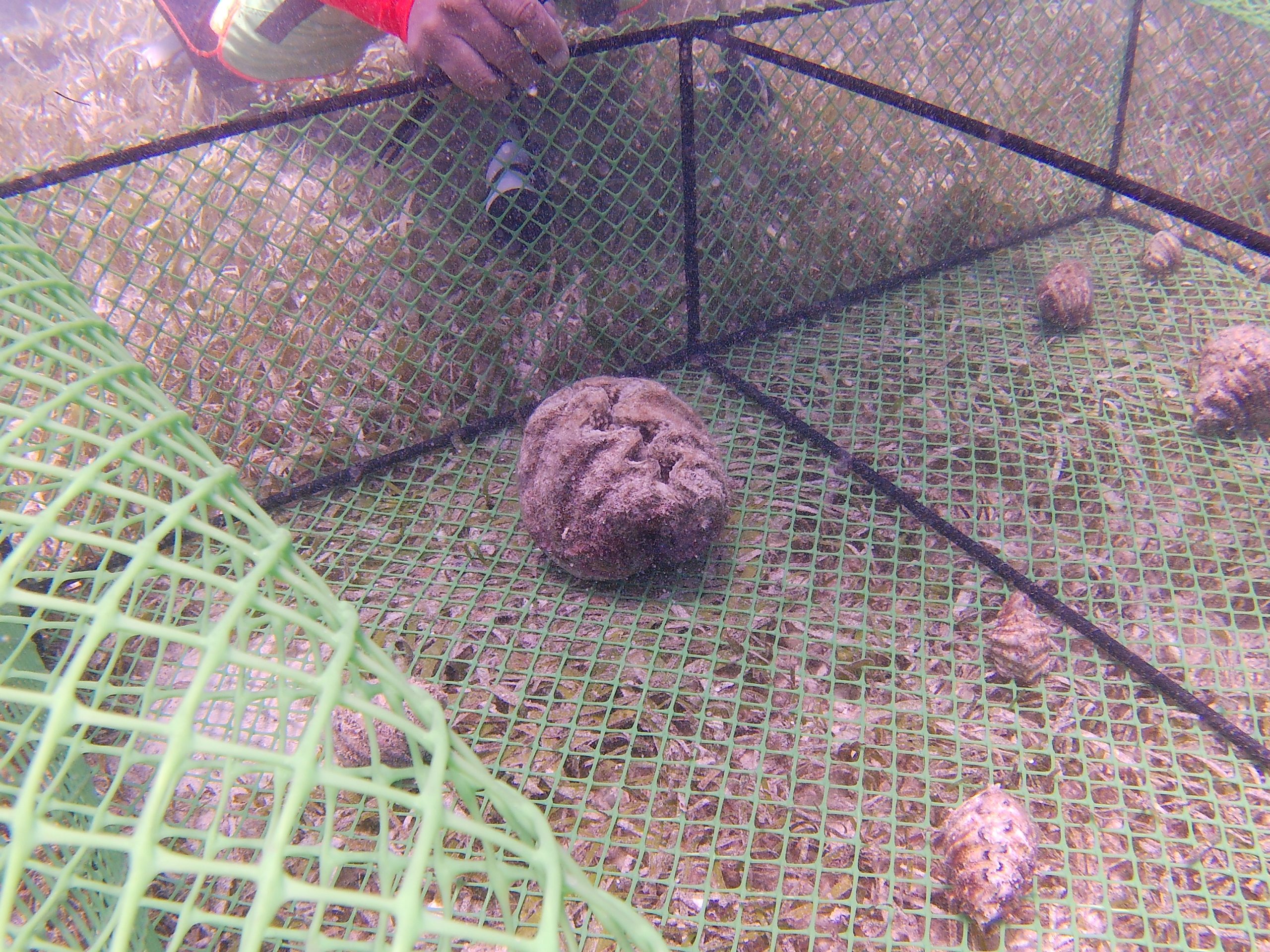
Bohol Divers Club Supports Giant Clams Rescue Project
Bohol Divers Club is honored to support the Native Giant Clam Rescue Project, an important conservation effort which aims to help protect and recover our region’s endangered mega-mollusks. Of course, we dive for fun–but we also see the urgency in working to protect our earth’s dwindling coral reefs and the amazing creatures that call them home. Check out photos from our experience participating in volunteer diving to relocate and secure clams inside of protective enclosures, and learn more about this fascinating animal!
Giant clams are the world’s largest bivalve mollusk. They can grow to over 1 meter in length, and live to be 100 years old! They play an important role in keeping our reefs healthy by improving marine biodiversity, filtering water, providing shelter for other organisms and their eggs, housing important algae, producing material which feeds other small life, and so much more. They are an important “indicator” species, meaning that scientists can use their health or presence to evaluate and predict the overall health of a reef’s ecosystem. Unfortunately, their numbers are in decline in our region, and they are vulnerable to extinction worldwide due to overfishing, habitat destruction, and climate change. Some species of giant clam are already locally extinct (extirpated) in the Philippines.
The Native Giant Clam Rescue Project aims to protect our precious remaining giant clams from their most urgent threat: illegal poaching. As part of the volunteer diver team, we had a chance to help ensure more giant clams survive and thrive for the future of our reefs! On the day of the project, teams of 10-15 volunteer divers helped find and secure giant clams that were outside of the marine protected area, relocate them to the safeguarded area, place them into mesh habitat enclosures, and count and record their numbers. Marine biologists will next evaluate the health of the animals, document which species were found, and provide guidance for additional protective steps. Thanks to a local ordinance passed by the municipality of Panglao, our island is home to a large marine protected area which is vigilantly patrolled by a Marine Police force to guard against damage and illegal fishing. (The Marine Police also safeguard the protected areas of Balicasag and Pamilacan islands.)

